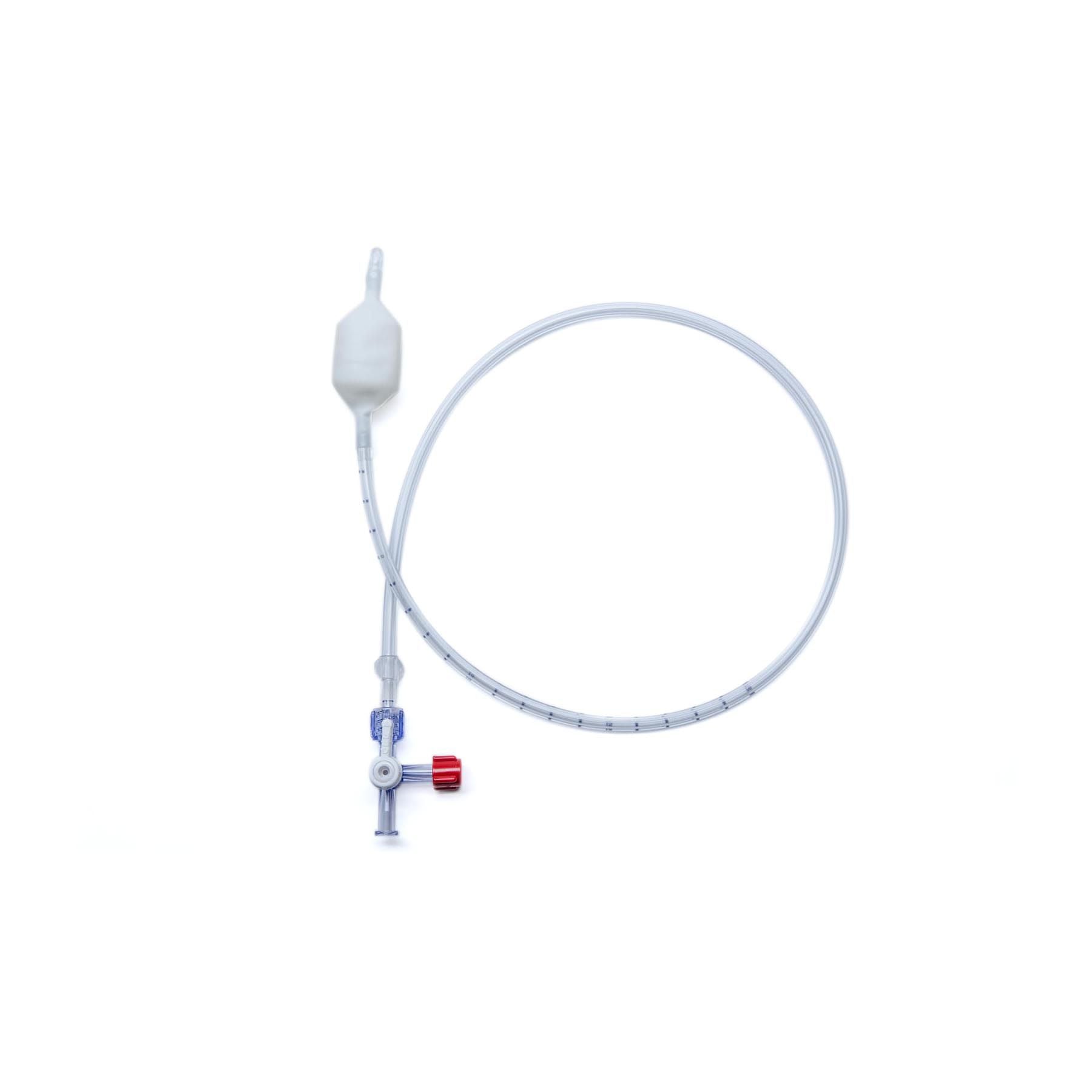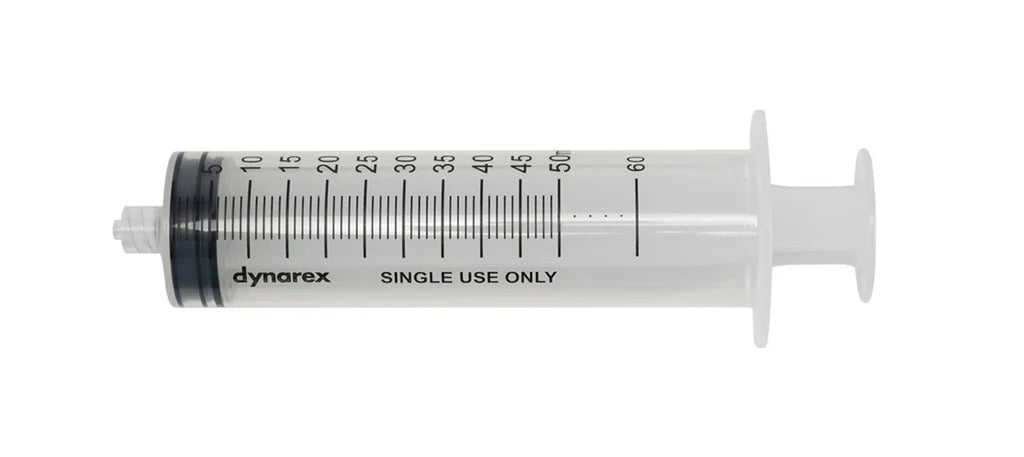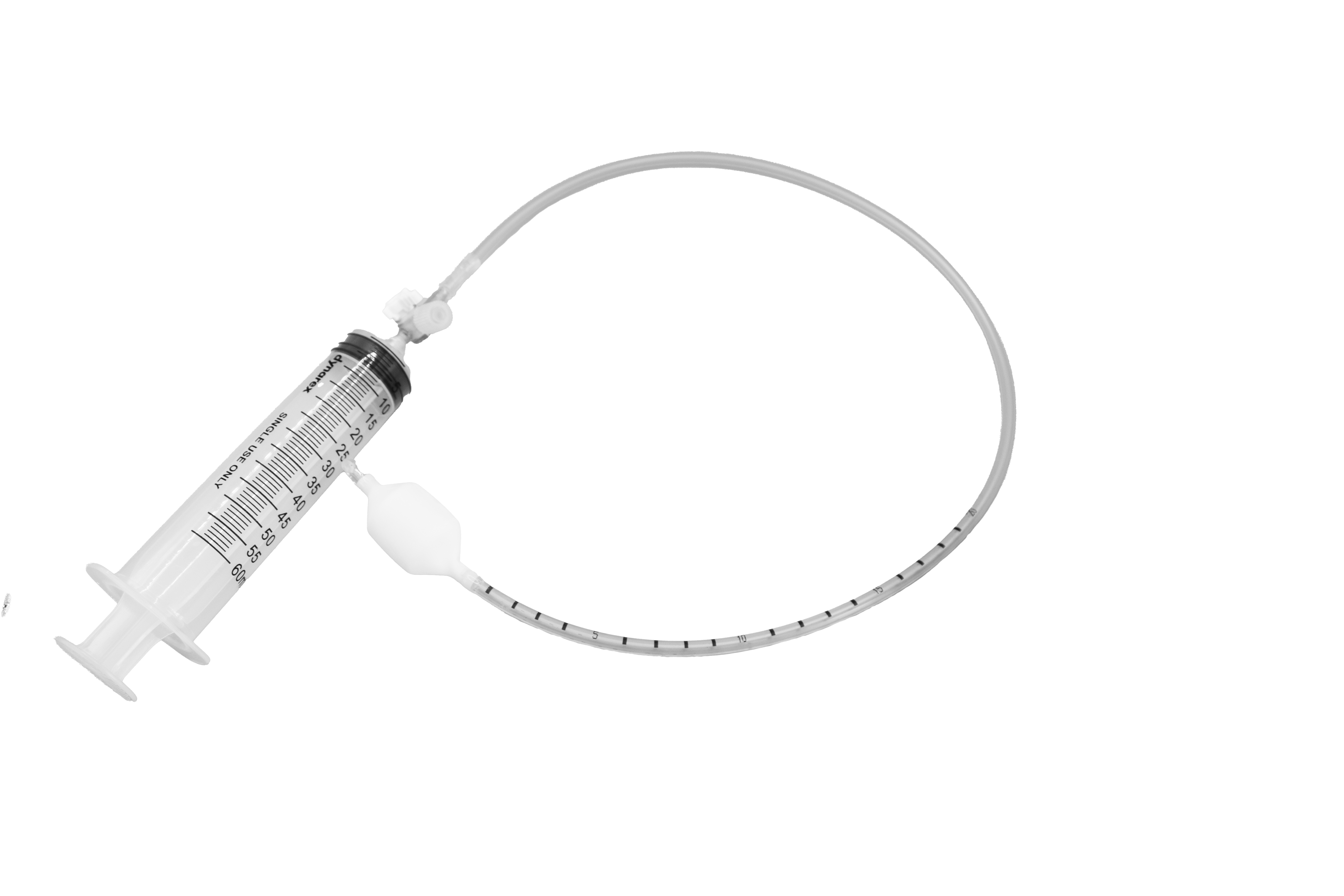Anorectal Manometry Balloon Expulsion Training
Anorectal manometry is a minimally invasive diagnostic procedure that evaluates the function of the rectal and anal muscles, collectively known as the anorectal sphincter. This test is essential for patients experiencing symptoms such as chronic constipation, fecal incontinence, or other bowel dysfunctions, providing critical insights into the pressures, sensations, and reflexes that govern normal bowel movements.
What Is Anorectal Manometry?
Anorectal manometry measures:
- The strength and coordination of the anal sphincter muscles
- Sensation in the rectum
- Reflexes necessary for normal bowel movements
The results help clinicians determine if the muscles are too tight, too loose, or not functioning in sync, guiding targeted treatment for bowel disorders
Procedure Details
- Preparation: Patients typically undress from the waist down or change into a hospital gown. The procedure is explained, and any questions are answered by the healthcare provider.
- Positioning: The patient lies on their left side with knees drawn up (fetal position).
- Insertion: A small, flexible, lubricated tube (catheter) with a deflated balloon at the end is gently inserted into the rectum. The catheter is connected to a machine that records pressure data.
- Testing: The balloon may be inflated at various depths inside the rectum to assess muscle function and reflex pathways. Patients may be asked to squeeze, relax, and push as if having a bowel movement, allowing measurement of muscle pressures during each maneuver.
- Duration: The test typically takes about 30 minutes and is well-tolerated. Afterward, patients can resume normal activities.
Results and Clinical Value
- Diagnosis: The test identifies abnormalities in muscle strength, coordination, and sensation, which are common in conditions like chronic constipation, fecal incontinence, and pelvic floor dysfunction.
- Treatment Planning: Results guide therapies such as biofeedback, pelvic floor retraining, or surgical interventions.
Who Benefits Most?
Patients with chronic constipation or fecal incontinence
Individuals recovering from colorectal surgery
Those with neurological conditions affecting bowel control (e.g., spinal cord injury, spina bifida, multiple sclerosis)
Elderly patients with pelvic floor dysfunction
Learn MoreMUI Scientific Anorectal Balloon Catheters: Setup and Mechanics

Comprehensive Guide to Rectal Balloon Therapy and Anal Canal Procedures

Instructions For Use
Ordering
For ordering anorectal balloon catheters from Minerva Health Solutions, clinical teams and purchasers can contact them directly at sales@minervahealthinc.comor (833) 464-6378.
It depends on where you are. Orders processed here will take 3-4 business days to arrive. Rush Overnight shipping is available. Delivery details will be provided in your confirmation email.
We use all major carriers, and local courier partners. You’ll be asked to select a delivery method during checkout.
Typically, anorectal balloon catheters are restricted to licensed clinicians, hospitals, or clinics due to regulatory controls and proper usage requirements.
Be prepared to provide practice or facility information, a shipping address, and billing address, and purchase order number if your facility uses it.
Bulk orders are available, please contact us for more information. Custom kits are not available at this time.
Product
No. SR1B and SR2B anorectal balloon catheters are single-use, sterile devices and should be disposed of after one procedure to prevent infection and maintain patient safety.
We always aim for make sure our customers love our products, but if you do need to return an order, we’re happy to help. Just email us directly and we’ll take you through the process.
Yes, we do. CR1B is a reusable catheter that can be used up to 50 times. Check the instructions for use prior to use.
These catheters have a standard connector luer-lock that fit most GI motility or manometry consoles, but compatibility should always be checked prior to use.
Yes, we do. We sell compatible syringes, stopcocks, and disposable pads.
- CPT 91122:
Used for gastrointestinal imaging, pressure measurement, and manometric studies involving a manometer to measure rectal and anal sphincter contraction as part of anorectal expulsion or manometry testing. - CPT 90901:
Defined as “biofeedback training by any modality,” this code is an established part of the medicine services/procedures set. It is appropriate for billing biofeedback including modalities like EMG, thermal, or EEG when not performed in conjunction with psychotherapy.
The CPT codes and billing suggestions provided here are for informational purposes only and do not constitute professional billing, coding, or legal advice. It is the responsibility of each provider or billing professional to verify the appropriate use of codes, confirm insurance coverage, and comply with payer-specific policies. Always refer to the latest coding manuals and consult with payers or qualified billing specialists to ensure proper and compliant billing practices.
Other
Yes. Minerva Health Solutions provides direct sales support to hospitals, clinics, and new GI programs. Contact their team atsales@minervahealthinc.comor (833) 464-6378 for product information, pricing, and ordering assistance.
Yes. The anorectal catheters are FDA-cleared for intended clinical uses and manufactured under quality standards for sterility, biocompatibility, and safety. All required regulatory documentation can be provided upon request.
Minerva provides comprehensive quick reference guides, video, and training resources to help new programs get started smoothly.
Minerva offers several models designed for specific procedures like anorectal manometry and balloon expulsion testing. Their sales and clinical education teams can help match your workflow needs with the appropriate products and accessories.
Any question?
If we still haven't answered your question, you can contact us below and we will get back to you as soon as possible.





